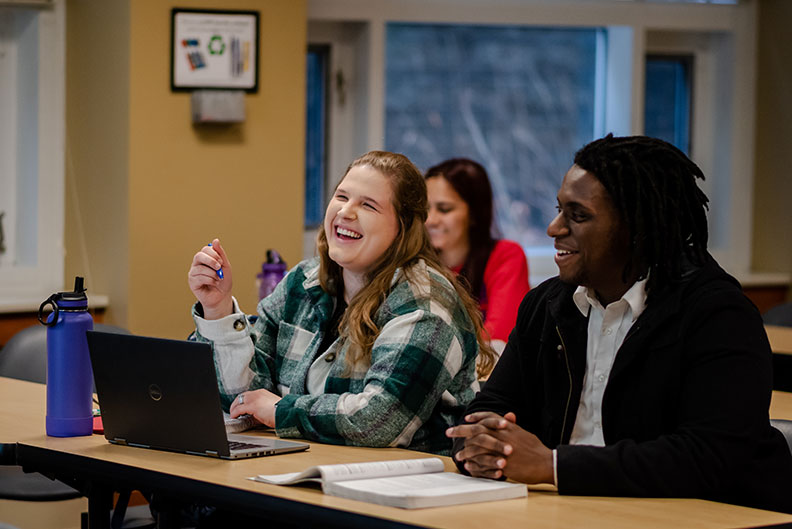English learners and pupils with disabilities are substantially underrepresented in gifted and proficient programs, according to a new countrywide information assessment.
Especially, English learners are an eighth as probable to be discovered relative to their share of the national university student populace, and students with disabilities are a sixth as very likely to be discovered relative to their share.
For the report, Scott Peters, a senior investigation scientist at instruction nonprofit NWEA which features tests and products and services to districts, and Angela Johnson, co-creator and fellow NWEA researcher, analyzed nationwide knowledge from the U.S. Office of Education’s 2017-18 Place of work of Civil Rights Information Assortment (the latest model of that dataset), the Stanford Instruction Data Archive, and coupled it with their scan of point out gifted instruction policies. Scientists seemed at educational facilities with 10 or a lot more English learners or students with disabilities.
The scientists also required to deal with what elements predicted these students’ illustration, Peters claimed. For occasion, is it just that educational facilities with a larger population of these learners lack gifted and proficient programs? And what policies could solve this inequity of representation?
Some condition things appear to gain English learners and pupils with disabilities
In their evaluation, researchers observed 4 components in state policy that much more very likely greater the probabilities of English learners and college students with disabilities having access to and getting recognized for these highly developed applications:
- When a state mandates that educational facilities recognize gifted college students
- When a condition mandates that districts sustain some official system for gifted providers
- When a state critiques or approves individuals formal strategies and
- When a condition conducts audits of compliance for gifted and gifted applications.
“You can visualize mandates could essentially make equity even worse if the colleges do it but then just establish a entire bunch extra of the young children that are presently represented,” Peters reported. “But that’s not what we discovered.”
Probabilities for pupils with disabilities to be discovered as gifted also went up if a given point out labeled gifted and gifted courses as a kind of specific education—a broader definition than the federal definition, Peters explained.
The examination also found that the major 5 per cent of educational facilities with the best representation of English learners had been categorised as lessen attaining academically and had a high enrollment of learners from lower-income families. The best 5 {af0afab2a7197b4b77fcd3bf971aba285b2cb7aa14e17a071e3a1bf5ccadd6db} for illustration of students with disabilities tended to be more compact faculties.
‘A change in belief’: Alternatives at the district level
So what occurs for those people school districts in states without mandates?
That’s where by a reimagining of what counts as a gifted and proficient pupil comes in.
Anthony Vargas, the supervisor of gifted and talented and superior applications in Virginia’s Manassas City general public universities, has in the last four yrs helped practically double the proportion of students from people dwelling in poverty and Hispanic pupils represented in gifted and talented programming.
“What it comes down to, in my impression, is a change in belief and a change in mindset,” Vargas mentioned. “For so prolonged, I believe that that the concept of giftedness, and its advertising and what it was, was so grounded in this [idea] of innate means, … and I feel that it requirements to be shifted much more towards the idea of expertise development.”
A big barrier to equity in gifted and gifted packages is the identification procedure and the referral procedure, Vargas explained.
“We have a absence of these pupils in programming, mainly, mainly, mainly because we have a deficiency of them becoming set up for programming or referred for programming,” Vargas reported.
Districts have to have to appear at how they are presently running identification processes for gifted and talented systems to then figure out what extra procedures and methods have to have to be in spot to focus on precise underrepresented populations. For case in point, in Vargas’ district, leaders did away with harsh cutoff scores and examined what current supports college students have obtain to.
Also, if English learners didn’t straight away qualify for gifted expert services, the district tracked how immediately they obtained the English language, an indicator of giftedness that can be neglected.
Peters also pointed to the significance of funding and staffing these courses. But at the heart of any changes, he echoes Vargas’ be aware on a wanted shift in way of thinking.
“I consider if a lot of educational facilities had been to prevent variety of combing the desert for the little ones that have the inherent trait of giftedness, and would as an alternative say: Who are the young children in my setting up who are most possible less than-challenged?’ or, ‘Who could do a lot more right listed here and ideal now?’, I think a lot of this fairness challenge would be a lot less,” Peters mentioned.

